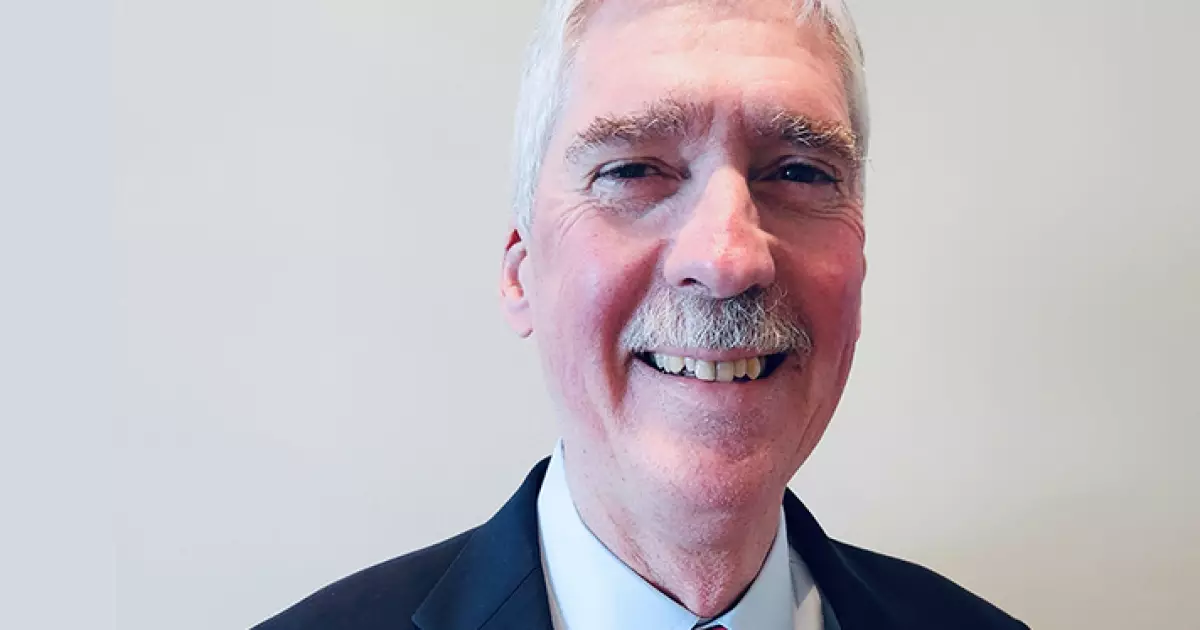In an ever-evolving financial landscape where innovation is key, Saybrook Fund Advisors LLC’s latest move to establish its first high-yield separately managed account (SMA) strategy is nothing short of audacious. With the addition of Bill Black, a seasoned portfolio manager with extensive experience in high-yield municipal bonds, Saybrook is poised to not only tap into a growing market but potentially redefine how distressed debt is approached. This strategy deserves scrutiny, as it raises both optimism and concern among investors.
The Shift Towards Separately Managed Accounts
Let’s first articulate why Black’s focus on SMAs is noteworthy. The trend towards SMAs in municipal debt markets signifies a significant shift from mutual funds, which have often been pressured to sell off assets during periods of redemption. SMAs allow for greater flexibility and individual control, creating an environment where investors can withstand market volatility better. Black’s assertion that SMA investors are typically long-term holders is compelling—especially in the realm of high-yield bonds, where liquidity can be thin.
However, the majority of existing SMAs cater to high-grade municipal credits, leaving a gaping hole for speculative, junk-level opportunities. Black’s ambition to venture where most managers fear to tread—into unrated and deeply distressed credits—could either create exceptional returns or amplify risk. The question of whether investors are prepared for that gamble remains central to the discourse surrounding Saybrook’s strategy.
A Deep Dive into the Distressed Market
Saybrook’s experience with distressed and defaulted debt serves as a strong foundation for this ambitious initiative. The firm’s co-managing partners, Jon Schotz and Jeff Wilson, emphasize a “deep dive” approach into credit analysis, a tactic that is sorely needed in high-yield investing. The firm is evidently seeking inspiration from sectors like senior living and higher education, which have shown promise but also come with their set of challenges.
While it’s easy to get swept up in the potential for profits, a sobering reality exists: such investments could be fraught with pitfalls. The inconsistencies and unpredictability of the distressed sectors make this undertaking particularly risky. Saybrook’s flexibility in mandate is advantageous, but will it lead to sound investment decisions or impulsive bets that court disaster? The risk-reward balance must be scrutinized.
The Marketplace Landscape
Black’s experience in the munis field since 1984 lends credibility, but history also teaches us that just because someone has been around for decades doesn’t guarantee success in uncharted waters. The departure of major Wall Street firms like Citi opens the floodgates for less conventional players in the market, but it also raises questions about market stability and the ramifications of increased competition in a sector that thrives on relationships.
One of the salient points of concern is liquidity—especially in high-yield munis. Although Black claims that liquidity is currently favorable, the true test will signify how the strategy performs in times of upheaval. Should redemption pressures surface, the notion of Saybrook being a “buyer” might sound ideal in theory but could turn into a costly liability in execution.
The Importance of Relationships in High-Yield Investing
While relationships are vital for navigating the bond markets, they can also be a double-edged sword. Black’s emphasis on sourcing bonds through both primary and secondary markets illustrates a robust strategy—yet one that depends on an impeccable network. This reliance can inadvertently lead investors down paths filled with moral and ethical dilemmas, especially when experimenting with speculative and distressed assets.
The firm claims to focus on understanding the distress in credit scenarios where others may hesitate, and this sentiment should be put under a microscope. The challenge lies in whether the investor base will see value in the perspective that sometimes “the best deals are the ones that no one else wants.” Essentially, this willingness to look at undervalued assets could provide an edge, or it could plunge investors into uncertain waters.
The high-yield municipal arena is rife with complexity, and while Saybrook’s ambition may resonate with those seeking returns, it compels a more thoughtful examination of decoupling emotional biases in a market that requires both analytical precision and a certain emotional detachment.
Saybrook’s foray into high-yield SMAs under Bill Black is a significant gamble with potentially high rewards—but equally high risks. The real test will be whether investors, alongside the firm, are ready to embrace this new paradigm, especially in an unpredictable economic landscape. Black’s vision for this strategy might just pave the way for a refreshing yet challenging narrative in the world of distressed debt investing.


Leave a Reply